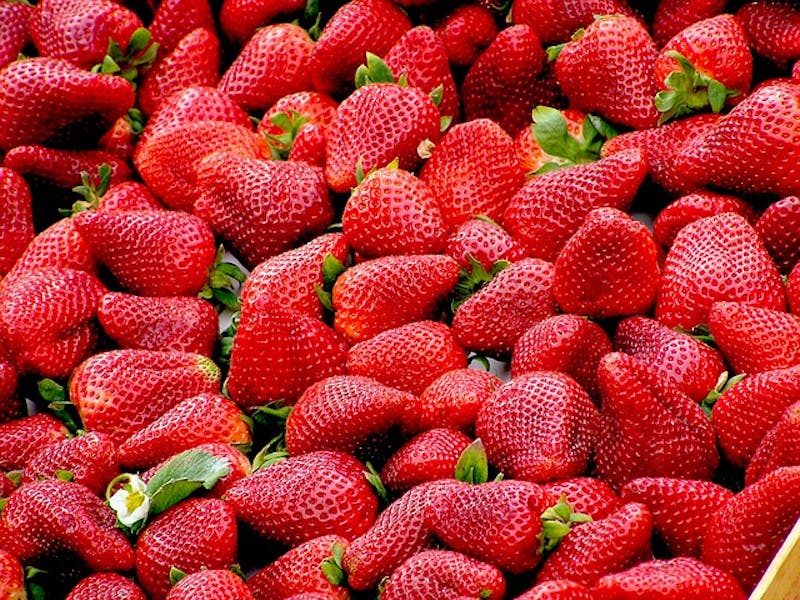
As more and more consumers move toward the concept of whole health solutions — diets that promote health and well-being, prevent disease, help cure illness, and protect the environment — the demand for, and as a result, the production of, organic food increases. However, with all of the different labeling and contrasting information available, it’s often difficult to figure out what the term organic actually means and how to decide when you should buy organic and when it’s okay to go conventional.
Defining the Term “Organic”
According to the United States Department of Agriculture, foods labeled “organic” must be produced without antibiotics, hormones, pesticides, irradiation, or bioengineering. Organic farmers are also required to follow certain farming methods to conserve soil and water. In order for meat to be labeled organic, farmers must raise animals without the use of growth hormones or antibiotics and follow humane treatment guidelines. These farmers and their food must be certified under the National Organic Program.
Making Sense of Labels
There are several labels associated with the concept of whole health solutions, which leads to many questions. Do the terms “organic” and “natural” differ? What makes a product “organic” instead of “made with organic ingredients”? The United States Department of Agriculture regulates these definitions and created a USDA organic seal, which assures quality and integrity and makes differentiating between products easier.
- 100% organic: This term may only be used for products that are completely organic or made with all organic ingredients. These products are stamped with the USDA organic seal.
- Organic: Products must be at least 95% organic in order to claim this term and are also stamped with the USDA organic seal.
- Made with organic ingredients: The product must contain at least 70% organic ingredients. Products with this label do not carry the USDA organic seal.
- All-natural: This means the product is minimally processed and free of synthetic preservatives. Meat with this label can’t contain artificial ingredients and raised animals can’t be given antibiotics or growth hormones. Products with only a label of “all-natural” are not organic.
- Grass Fed: Grass fed animals are given a diet consisting of only grass or hay, as opposed to conventional animals on diets mainly consisting of corn. Amounts of omega-3 fatty acids are higher in grass fed beef.
- Free range: Animals had free access to roam outside and were not confined to a cage.
- Hormone-free: Animals were raised without the use of added growth hormones.
Benefits of Organic Food
Even with a clear definition of what classifies as organic, the question still remains of whether or not it’s worth it to buy organic. Although not always the case, organic products tend to be more expensive than their conventional counterparts. The most well-known benefit is that organic foods contain fewer to no pesticides, which include fungicides, herbicides and insecticides. Even after washing conventional agriculture, pesticide residue remains on the food. Pesticides have been shown to cause developmental delays, behavioral disorders, and motor dysfunction especially during vulnerable times like childhood. Buying organic is also beneficial to the environment. The practice of organic farming reduces pollution, conserves water, and uses less energy than conventional farming. This practice benefits both farmers and the animals they raise. According to a study in the Journal of Agricultural Food Chemistry, organic foods fight off cancer more efficiently than conventional foods. The Quality Low Input Food (QLIF) project found that organic food is, in fact, more nutritious than conventional food. Organic food contains up to 40% more antioxidants and higher levels of the minerals iron and zinc.
What to Buy Organic (And What You Can Let Slide)
There are certain conventional produce items that have been found to contain high levels of pesticides. You should make a point to purchase organic varieties of these foods, which are nicknamed the “dirty dozen”, whenever possible:
- Apples
- Pears
- Carrots
- Celery
- Grapes
- Kale
- Lettuce
- Nectarines
- Peaches
- Strawberries
On the flipside of that, there are other produce items that make the list called “clean fifteen”. These foods have the lowest pesticide load and are the safest conventionally grown crops to consume. In addition to lower amounts of contamination, several of the clean fifteen foods contain thick peels that you remove before eating. The clean fifteen include:
- Avocados
- Asparagus
- Cabbage
- Cantaloupe
- Cauliflower
- Eggplant
- Grapefruit
- Kiwi
- Mangoes
- Onions
- Papayas
- Pineapples
- Sweet corn
- Sweet peas
- Sweet potatoes
The bottom line here is: do the best you can. Whenever possible, buy foods from the dirty dozen list organic, but remember, it’s better to eat conventional fruits and vegetables rather than no fruits and vegetables at all!

